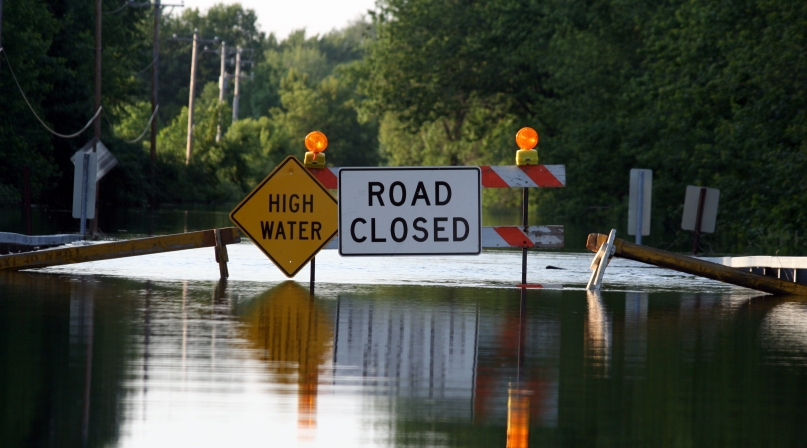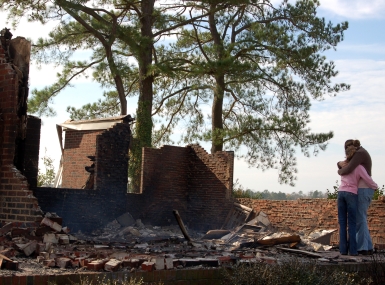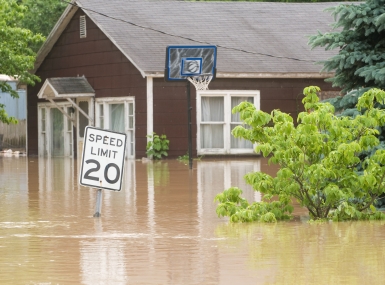NACo urges Congress to address Disaster Relief Fund shortfalls
Author

Brett Mattson

Naomi Freel
Upcoming Events
Related News

Key Takeaways
On August 7, the Federal Emergency Management Agency (FEMA) announced that the Disaster Relief Fund (DRF) had become depleted, forcing the agency to transition to Immediate Needs Funding (INF) and halting more than $6.1 billion in recovery activities across the country. The DRF is a critical source of funding for disaster response and recovery efforts. Recent funding gaps have placed undue strain on state and local governments, hindering long-term recovery projects.
NACo requests additional funding
On September 11, the National Association of Counties (NACo) submitted a letter to Congress requesting immediate action to address shortfalls in the Disaster Relief Fund (DRF). Specifically, NACo advocates for:
- Replenishing the DRF: NACo urges Congress to address the current shortfall by replenishing the Disaster Relief Fund (DRF) through the Continuing Resolution (CR) under negotiation.
- Providing Additional Funding: Congress is requested to include an additional $10 billion in disaster relief to support ongoing recovery efforts and prevent future funding gaps.
- Backfilling INF Projects: The letter calls for Congress to backfill the $6.1 billion in projects halted due to the transition to Immediate Needs Funding (INF) and ensure these funds are available.
- Preventing Future INF Use: NACo asks Congress to include provisions to avoid the need for INF next year, ensuring more stable and predictable funding for disaster recovery.
Impact on counties
In 2023, over 840 counties experienced at least one major disaster, with 28 separate billion-dollar disasters totaling over $92 billion in damages. When FEMA operates under INF, long-term recovery efforts are delayed as disaster funding is severely restricted across the country. This unpredictability places an undue burden on disaster survivors and complicates already onerous programs. In addition, many counties rely on loans to cover recovery costs, so rising interest rates can increase financial strain, potentially affecting county credit ratings, particularly in smaller or rural areas. Without sufficient funding in the DRF, counties face significant challenges in addressing both immediate and long-term recovery needs. By fully funding the DRF, Congress can prevent disruptions in recovery and ensure communities receive timely support after disasters.
Featured Initiative
Resilient Counties Initiative
NACo works to strengthen county resiliency by building leadership capacity to identify and manage risk, and allow counties to become more flexible and responsive.

Related News

Senate Committee advances Disaster Survivors Fairness Act
On Wednesday, September 25, the U.S. Senate Committee on Homeland Security and Governmental Affairs held a markup to consider 16 bills. Among them was the Disaster Survivors Fairness Act (S. 5067), legislation designed to reform federal disaster assistance programs to better support survivors, which passed out of committee with strong bipartisan backing.

CMS proposes rules to increase healthcare access for key populations
On September 9, NACo submitted comments to the Centers for Medicare & Medicaid Services on two key areas: revisions to Medicare’s custody definition and Special Enrollment Period for formerly incarcerated individuals, and updates to crisis stabilization unit payment policies.

Podcast: Challenges mount for counties facing disasters
Clay County, Iowa Supervisor Barry Anderson joins the County News Podcast to describe the compounding effects from a generational flood his county seat faced in June.